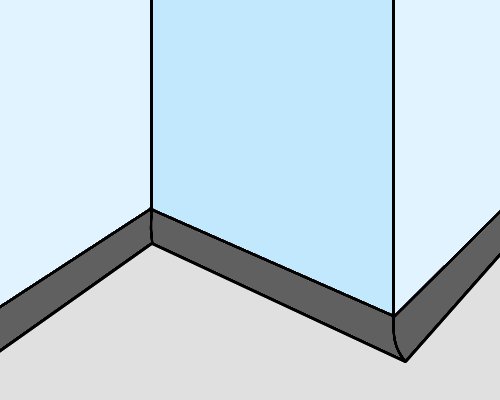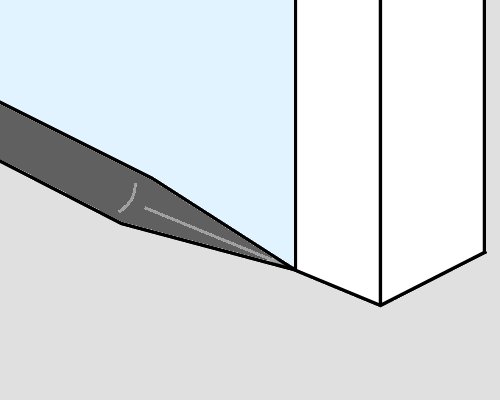Fitting cove formers

Learning activity
Audio 4 (mp3 |6|KB)The links shown below will take you to two video clips produced by Altro Flooring on the methods used to fit cove formers.
Although these techniques apply to cove formers in general, the products used in the videos are manufactured by Altro.
This is why the narrator refers to the floor covering as 'ASF' - which stands for Altro Safety Flooring.
Installing and laying safety flooring on a reduced cove
Watch the video clips and answer the following questions:
- How does the installer take the tension out of the reduced cove former (first video) after he has cut a V shape in the end?
- What type of adhesive does he apply to the back of the cove former and to the wall and floor (second video)?

 Go to Coving field material
Go to Coving field material

